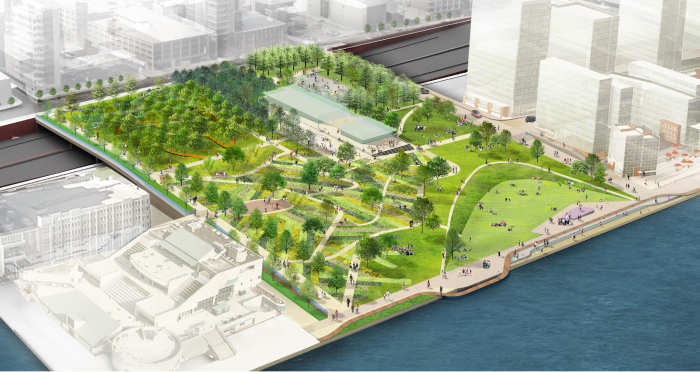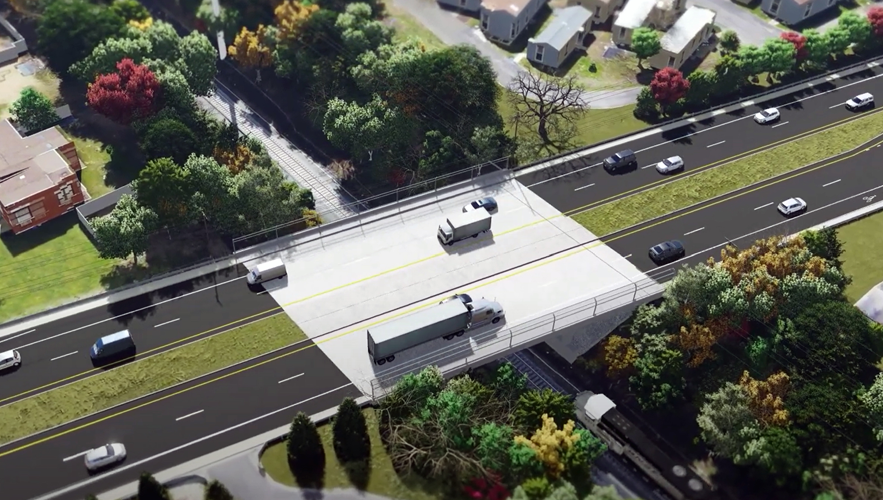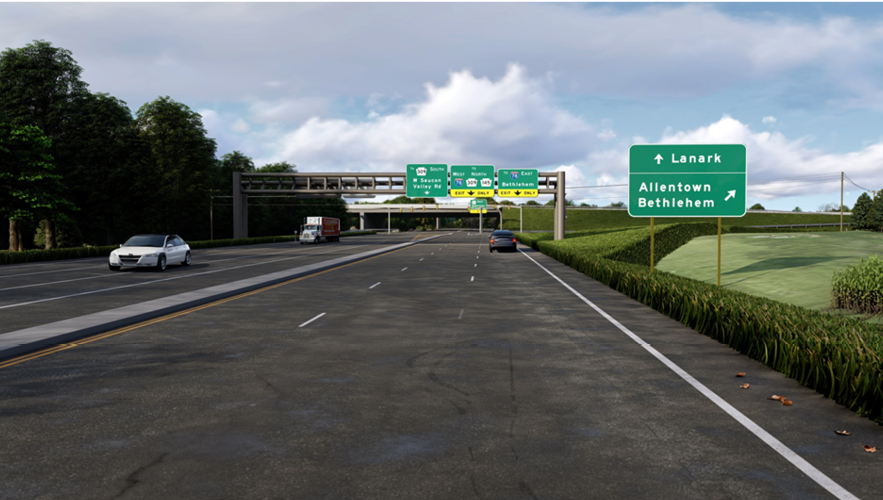Evolving Capabilities
Ever-expanding with growing businesses
The Northeast Brandywine River Living Shoreline Project involves approximately 1,800 linear feet of stream bank restoration and aquatic habitat enhancement using green technologies. A livable shoreline (aka “living” shoreline) is shoreline stabilization along estuarine coasts, bays, coastlines, and tributaries. It is made up of mostly native material and incorporates vegetation and living, natural elements along or in combination with some type of harder shoreline structure. Living shorelines maintain the continuity of natural land and water interface, reduce erosion, and enhance coastal resilience, improve habitat value, provide opportunity for education, provide well-being through aesthetics, and improve water quality. This particular living shoreline concept will not only make environmental enhancements, but also improve well-being for the residents and visitors that use the space. It will include installation of a lighted multi-use pathway providing paddle sports access, fishing, water taxi docking, and will be designed to interconnect with existing greenway paths and future projects in Northeast Wilmington, Delaware. It will provide an opportunity for research and education; potentially using this shoreline as a research test site for freshwater mussels. This animation depicts the locations and types of improvements proposed to meet the project objectives. The concept plan is designed to implement shoreline stabilization, improve water quality, provide direct access to the river, meet community needs, provide resiliency, and be designed to fit like a puzzle piece with future projects

Pennoni served as the prime consultant for the design of this $419 million, 11.5-acre CAP in Philadelphia. Pennoni led the team and provided traffic, ...
Read More

Pennoni led the design rehabilitation of DelDOT Bridge 1-655 and improvements to the SR7 corridor in the vicinity of the bridge. Our PFX Studios devel...
Read More

The S.R. 0309, Section 19M Center Valley Interchange Project encompasses a 1-mile corridor of S.R. 0309 in Upper Saucon Township, Lehigh County, Penns...
Read More